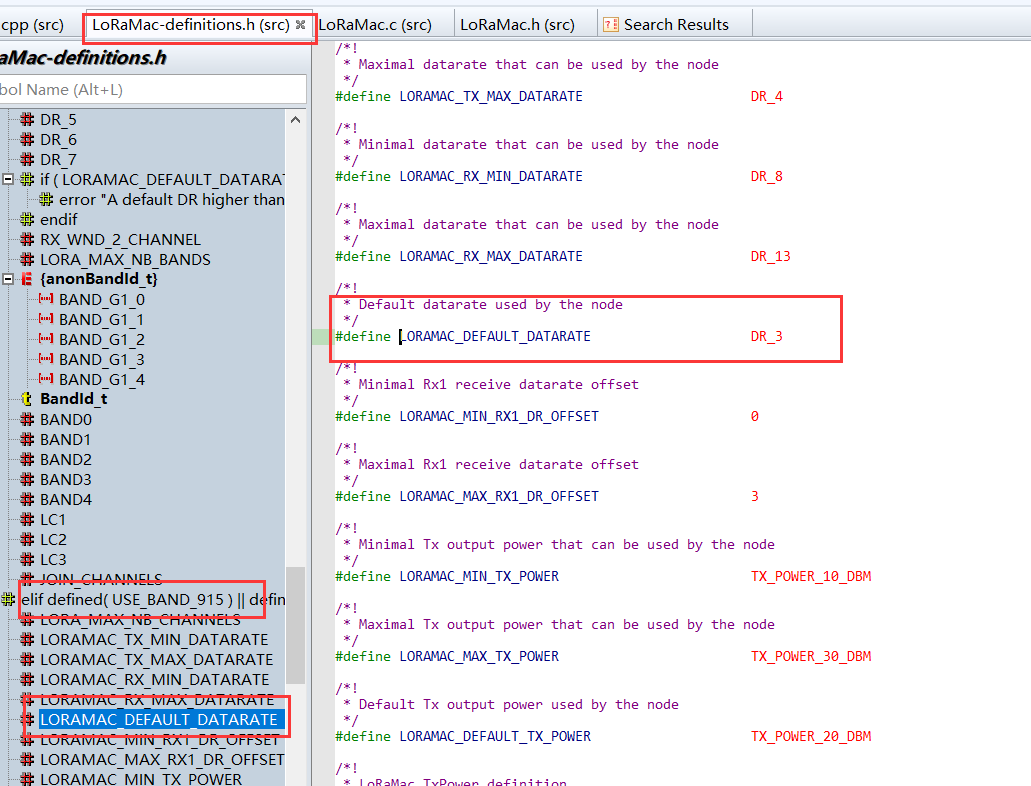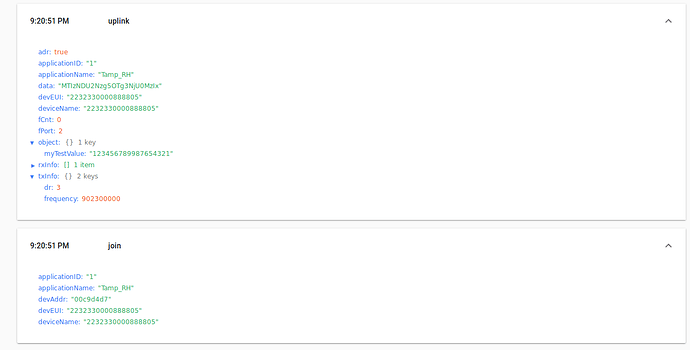Using Wireless Stick Lite I’m trying to send more than 11 bytes to TTN using HT-M02 as gateway.
Until now I have changed in commissionig.h the LORAWAN_APP_DATA_SIZE to 12 in order to test, but without succeced.
> ```
> * User application data buffer size
> */
> #define LORAWAN_APP_DATA_MAX_SIZE 64
> /*!
> * User application data buffer size
> */
> #if defined( USE_BAND_433 ) || defined( USE_BAND_470 ) || defined( USE_BAND_470PREQUEL ) || defined( USE_BAND_780 ) || defined( USE_BAND_868 )
> #define LORAWAN_APP_DATA_SIZE 16
> #elif defined( USE_BAND_915 ) || defined( USE_BAND_915_HYBRID )
> #define LORAWAN_APP_DATA_SIZE 11
> #endif
> ```

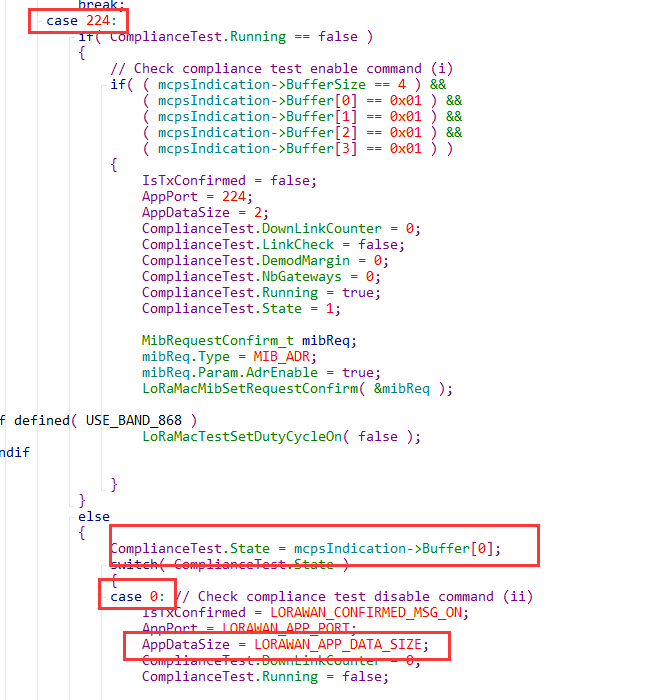
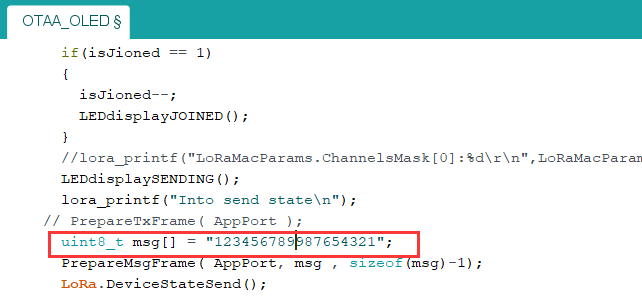

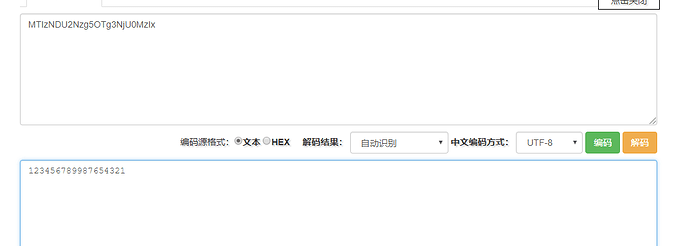
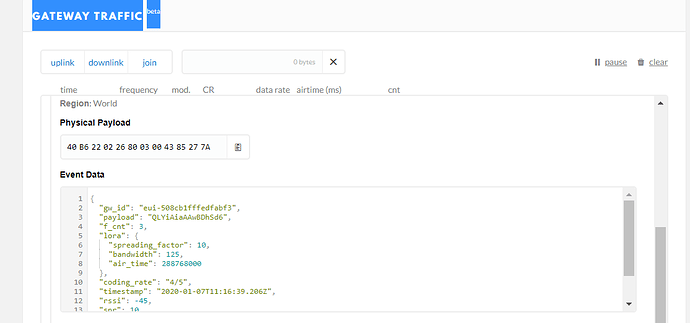

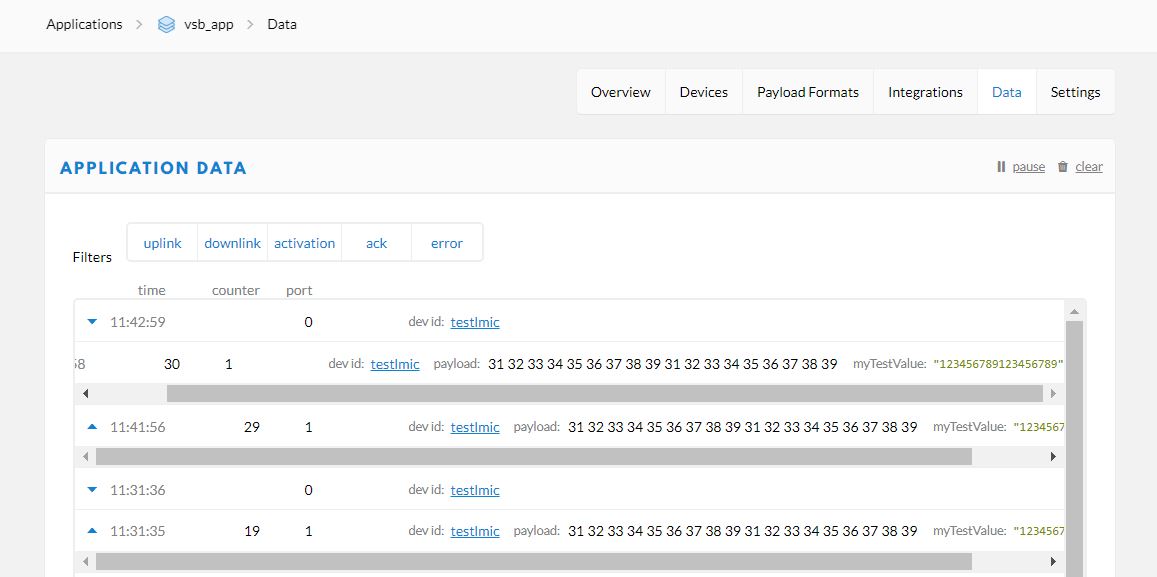

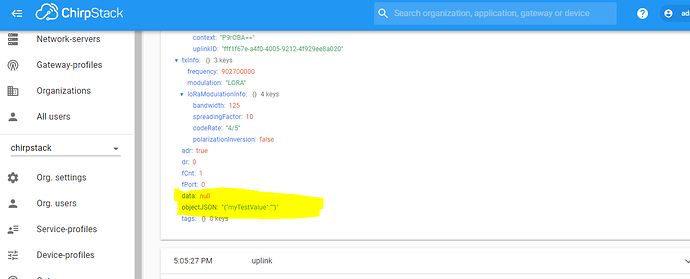

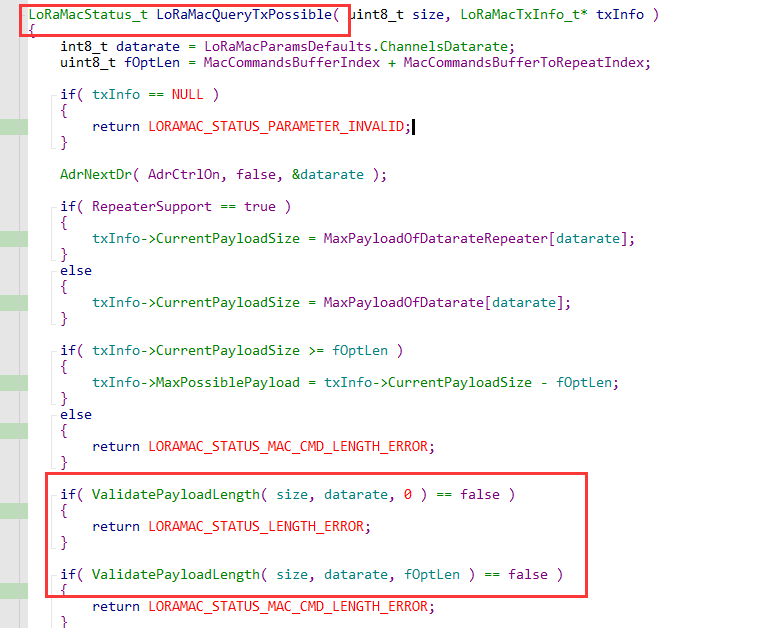
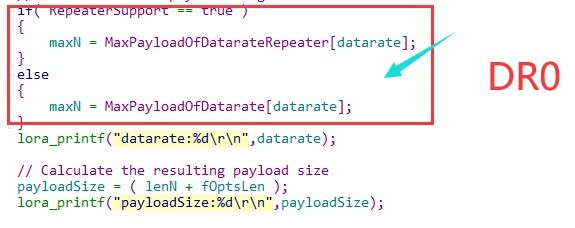 !
!
